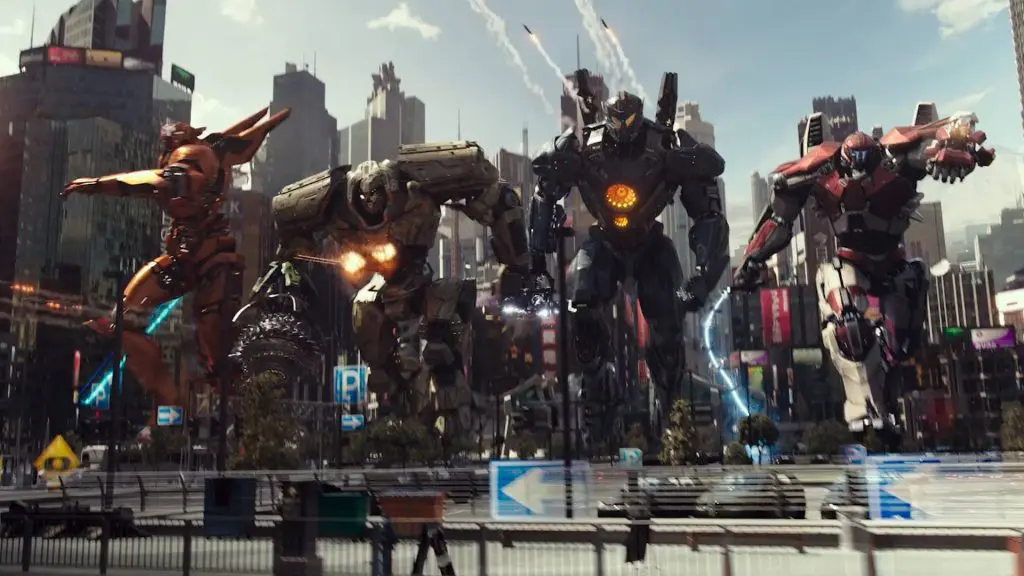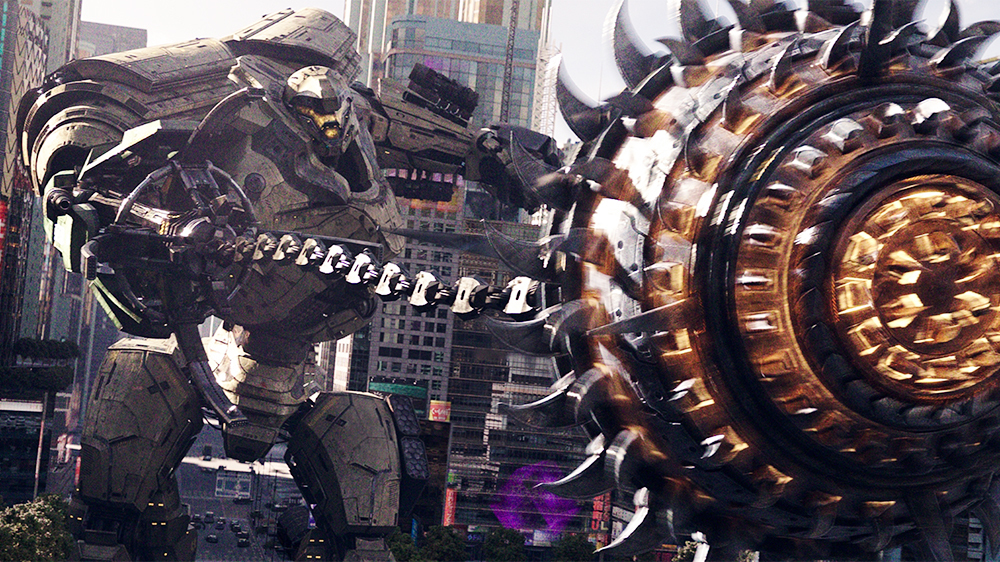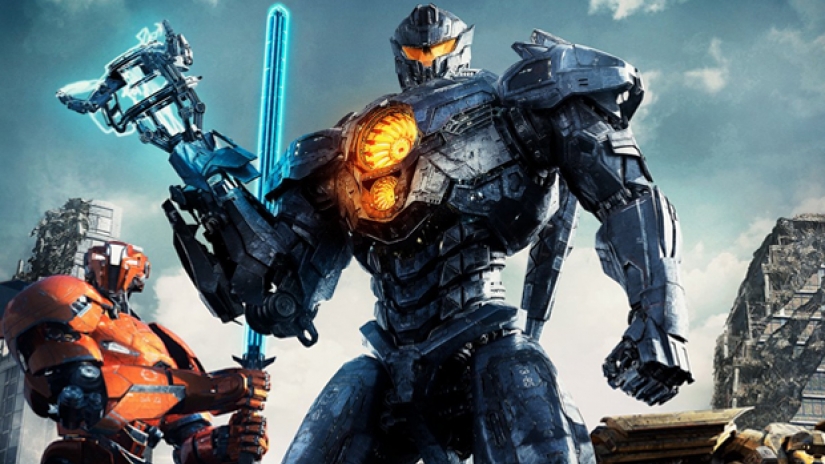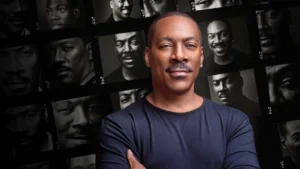Nobody asked for it, but Pacific Rim: Uprising is the sequel to Guillermo Del Toro’s nutty original, in which giant robots smacked giant monsters in the face with boats. That trend continues in Steven S. DeKnight’s latest instalment, which stars John Boyega and Scott Eastwood.
I’m a simple man. I like giant robots, I like giant monsters, and I like it very much when giant robots punch giant monsters in their big, stupid faces. This is why I loved Pacific Rim, which was a bizarre checklist of Saturday morning cartoon clichés filtered through the addled mind of a legitimately visionary auteur filmmaker. And it’s also why I rather like Pacific Rim: Uprising, which lacks its predecessor’s unique sense of style and atmosphere, but which doubles down on all the giant-robot-monster-face-punching business so much that it’s hard to give a shit either way.
There are two inescapable facts about Pacific Rim: Uprising. The first is that it isn’t as good as the original. The second is that it was never going to be – so who gives a shit, really? Certainly not me. But it’s kind of my job to explain why both of these things are true, even though I’d very much like to leave the review there and knock off for lunch.

Alas, here we are, nakedly pandering to the Chinese market that made Pacific Rim an international success despite it not doing great business elsewhere. Del Toro’s absence is felt from the opening frame, as Uprising mimics the first film’s expository narration to reintroduce a world that suddenly feels a bit less alive. Gone is the childlike enthusiasm for the machines and their gizmos; the characteristic attention to the details of an urban life and popular culture that was constantly besieged by towering super-lizards. Gone, too, are the themes of collective effort and personal growth that were baked into the mechanics of the original’s action. Now, there’s a smaller robot that can be operated by only one pilot, which is as succinct a summary of the difference between the two films as anything supplied by the script.
That script – which is credited to four people – has the tell-tale whiff of an afterthought; something to excuse more messing around with the CGI assets for profit’s sake. Having said that, it’s a proper sequel. The monster-spewing “breach” doesn’t just reopen, and we find a ten-years-later world that is refreshingly alert to the possibility of the kaiju turning up for a second visit. Humanity has continued production of the jägers and the training of their pilots just in case, but now the powers-that-be are unsure of whether the two-person piloted versions are as cost-effective as a fleet of remote-controlled “drone” versions developed by the shadowy Shao Corporation, run by Jing Tian and Charlie Day’s awkward comic-relief boffin from the first film.

Our hero this time around is John Boyega as the son of Idris Elba’s hilariously-named self-sacrificing warrior-guru from the original. He’s a scavenging tearaway who’s roped into training young jäger pilots alongside a no-nonsense Scott Eastwood, and quickly embroils himself in a conspiracy involving a rogue jäger of unknown origin that definitely doesn’t have anything to do with that secretive autonomous drone operation, honestly – after all, those things always go well.
There’s space made for supporting turns from returning characters, including Rinko Kikuchi in a glorified cameo and Burn Gorman as Charlie Day’s oddball scientist compatriot. And there’s the tugging on leftover plot threads, one of which leads to a legitimately surprisingly twist that is unfortunately revealed a little too early and turns out to have been Del Toro’s idea anyway. So, as I said, a proper sequel this most certainly is. The problem is that the new stuff feels noticeably undercooked and clumsily put-together, most particularly anything involving the new wave of juvenile pilots, who all come across as one-note archetypes. This includes Cailee Spaeny as a street urchin who befriends Boyega’s character and is basically a retread of Mako Mori from the previous film only with shorter legs.

How much any of this matters is going to depend on what you’re looking for from a sequel to Pacific Rim. Director Steven S. DeKnight has smartly recognised that most people part with their hard-earned cash to see a movie like this because they want another helping of Gundam vs. Godzilla, and if nothing else, Pacific Rim: Uprising provides that. The action has abandoned the night-time knee-deep visual aesthetic of Del Toro’s offering in favour of bright primary colours shot in the daytime, and often with that slowed-down and sped-up slingshot quality that you see in a lot of blockbusters that have been optimised for (primarily Chinese) IMAX multiplexes. There are large stretches that have been created entirely by a computer and lots of elaborate particle effects and all the jägers seem to have pulsing energy swords now, for no reason other than it looks cool. This, it must be said, is fine with me.
And it’ll likely be fine with you. Pacific Rim: Uprising might climax on the slopes of Mt. Fuji in what is seemingly homage to the golden age of Japanese monster movies, but it’s really a thoroughly modern exercise in grandiose gloss. As a staggering slab of expensive, expendable corporate product, the movie performs just as the jägers do. There might not be much under the hood, but the machine puts up its dukes and slaps monsters in their slobbering chops. There’s still an audience for that – people who like fun. And you can count me in.




